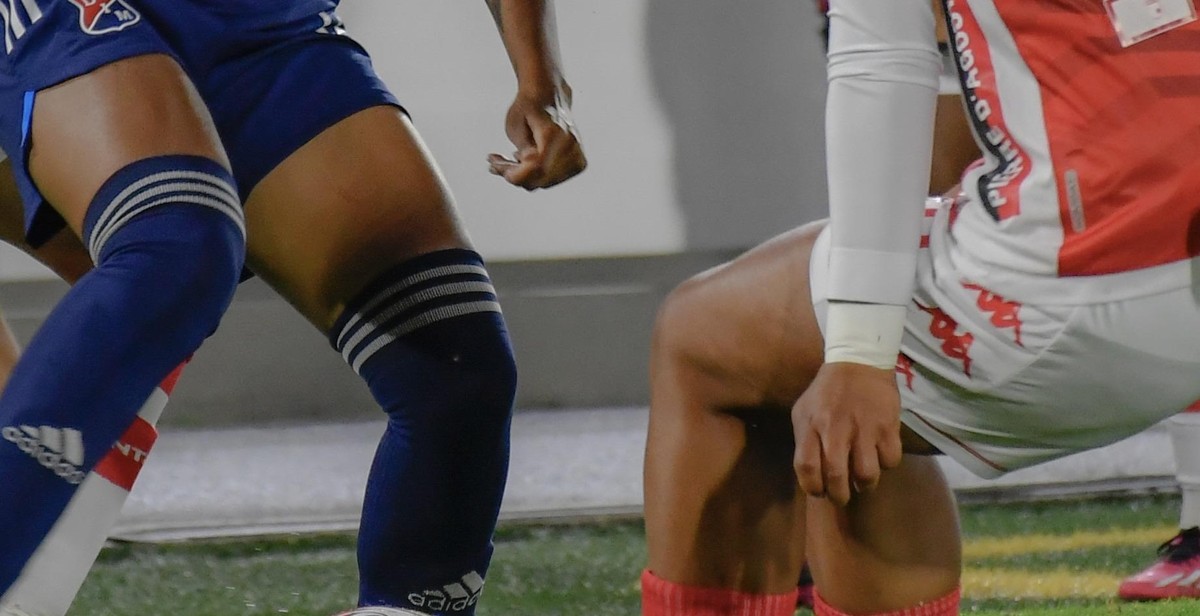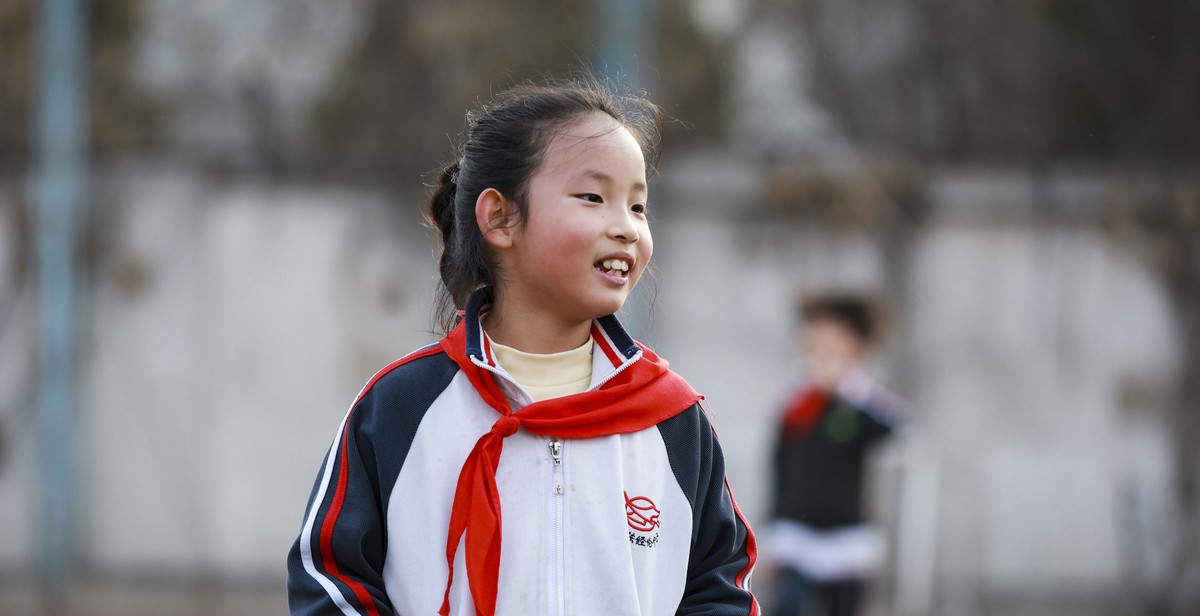Preventing Soccer Overuse Injuries: Tips for Balancing Training and Recovery
As a professional soccer player with over a decade of experience, I have seen firsthand the toll that overuse injuries can take on an athlete’s body. Overuse injuries, such as stress fractures, tendonitis, and muscle strains, occur when an athlete trains too hard without allowing their body enough time to rest and recover.
Overuse injuries can be frustrating and debilitating, often forcing athletes to take extended breaks from training and competition. However, by incorporating proper training and recovery techniques into your routine, you can minimize your risk of overuse injuries and stay on top of your game.
The Importance of Balancing Training and Recovery
When it comes to preventing overuse injuries, finding the right balance between training and recovery is key. While it’s important to push yourself during training sessions, it’s equally important to give your body enough time to rest and recover between sessions.
Additionally, incorporating recovery techniques such as stretching, foam rolling, and massage can help reduce muscle soreness and prevent injuries from occurring. By prioritizing both training and recovery, you can keep your body healthy and avoid the setbacks that come with overuse injuries.
Expert Tips for Preventing Overuse Injuries
- Listen to your body and take breaks when needed
- Incorporate rest days into your training schedule
- Practice proper technique to minimize strain on your muscles and joints
- Gradually increase the intensity and duration of your training sessions
- Use recovery techniques such as stretching, foam rolling, and massage
By following these tips and prioritizing both training and recovery, you can minimize your risk of overuse injuries and stay healthy and competitive on the soccer field.
Understanding Overuse Injuries
Overuse injuries are a common type of injury that can occur in athletes, particularly soccer players. These injuries happen when the body is subjected to repetitive stress without enough time to rest and recover. Over time, this stress can cause damage to the muscles, tendons, ligaments, and bones, leading to pain, inflammation, and reduced performance.
What are Overuse Injuries?
Overuse injuries are different from acute injuries, such as sprains or fractures, which happen suddenly and are usually caused by a specific event or trauma. Overuse injuries, on the other hand, develop gradually over time as a result of repetitive stress on a particular area of the body. These injuries are often caused by training errors, such as doing too much too soon, or not allowing enough time for rest and recovery.
Overuse injuries can affect any part of the body, but they are most common in the lower extremities, including the feet, ankles, knees, and hips. They can range from mild discomfort to severe pain and can even lead to long-term damage if not addressed properly.
Common Overuse Injuries in Soccer Players
Soccer players are particularly susceptible to overuse injuries due to the nature of the sport, which involves a lot of running, jumping, and sudden changes of direction. Some of the most common overuse injuries in soccer players include:
- Shin splints: Pain and inflammation in the shinbone, often caused by running on hard surfaces or overtraining.
- Plantar fasciitis: Pain and stiffness in the bottom of the foot, often caused by repetitive impact and lack of arch support.
- Pulled muscles: Strains or tears in the muscles, often caused by overuse or improper warm-up.
- Tendinitis: Inflammation of the tendons, often caused by repetitive stress or overuse.
- Stress fractures: Small cracks in the bones, often caused by repetitive impact and overtraining.
It’s important for soccer players to be aware of the signs and symptoms of overuse injuries and to seek treatment as soon as possible to prevent further damage. Treatment may include rest, ice, compression, and elevation (RICE), physical therapy, and in some cases, surgery.
| Injury | Symptoms | Treatment |
|---|---|---|
| Shin splints | Pain and inflammation in the shinbone | RICE, physical therapy |
| Plantar fasciitis | Pain and stiffness in the bottom of the foot | RICE, arch support, physical therapy |
| Pulled muscles | Strains or tears in the muscles | RICE, physical therapy |
| Tendinitis | Inflammation of the tendons | RICE, physical therapy |
| Stress fractures | Small cracks in the bones | RICE, rest, physical therapy |
Importance of Balancing Training and Recovery
As a professional soccer player, I have learned from personal experience that balancing training and recovery is crucial for preventing overuse injuries. The human body is not designed to endure constant physical stress without proper rest and recovery.
Why is Balancing Training and Recovery Important?
Training and recovery go hand in hand. The body needs time to recover after intense physical activity to repair damaged tissues and build stronger muscles. Without proper rest, the body cannot adapt and improve. Balancing training and recovery is essential for preventing injuries and achieving optimal performance.
Training puts stress on the body, and recovery allows the body to adapt and become stronger. Without proper recovery, the body can become overworked and prone to injuries.
How Overtraining Can Lead to Injuries
Overtraining occurs when the body is pushed beyond its limits without adequate rest and recovery. When the body is overworked, it cannot repair itself properly, and injuries can occur. Overuse injuries such as stress fractures, tendonitis, and muscle strains are common in athletes who do not balance their training with rest and recovery.
Overtraining can also lead to burnout, decreased performance, and mental fatigue. It is essential to listen to your body and give it the rest it needs to perform optimally.
How to Balance Training and Recovery
There are several ways to balance training and recovery to prevent overuse injuries. One of the most effective ways is to incorporate rest days into your training schedule. Rest days allow the body to recover and repair itself.
Proper nutrition and hydration are also critical for recovery. Eating a balanced diet and staying hydrated can help the body repair and rebuild itself more efficiently.
Stretching and foam rolling can also help prevent injuries by improving flexibility and reducing muscle tension. Massage therapy and other forms of bodywork can also be beneficial for recovery.
Finally, it is essential to listen to your body and adjust your training schedule accordingly. If you feel fatigued or notice any signs of injury, take a break and give your body the rest it needs to recover.
By balancing training and recovery, you can prevent overuse injuries and achieve optimal performance on the soccer field.

Tips for Preventing Soccer Overuse Injuries
Soccer is a physically demanding sport that requires a lot of training and practice to excel. However, overtraining and inadequate recovery can lead to overuse injuries that can sideline players for weeks or even months. Here are some tips to help prevent soccer overuse injuries:
Gradually Increase Training Intensity and Volume
One of the most common causes of overuse injuries is increasing training intensity and volume too quickly. Players should gradually increase their training intensity and volume to avoid putting too much stress on their bodies. Coaches should develop a training plan that includes gradual increases in intensity and volume to help players avoid overuse injuries.
Incorporate Proper Warm-Up and Cool-Down Routines
Proper warm-up and cool-down routines are essential to preventing overuse injuries. Players should spend at least 10 minutes warming up before practice or games to increase blood flow and prepare their muscles for activity. After practice or games, players should spend time stretching and cooling down to help their muscles recover.
Cross-Train with Other Sports
Cross-training with other sports can help prevent overuse injuries by giving players a break from the repetitive motions of soccer. Cross-training can also help players develop different muscle groups and improve their overall fitness. Some good cross-training options for soccer players include swimming, cycling, and yoga.
Get Enough Rest and Recovery Time
Rest and recovery time are crucial to preventing overuse injuries. Players should get enough sleep each night and take rest days to allow their bodies to recover. Coaches should also schedule rest days into their training plan to give players time to recover.
Listen to Your Body
Players should listen to their bodies and pay attention to any signs of overuse injuries. If a player is experiencing pain or discomfort, they should take a break from training and seek medical attention if necessary. Ignoring overuse injuries can lead to more serious injuries and longer recovery times.
| Tip | Description |
|---|---|
| Gradually Increase Training Intensity and Volume | Players should gradually increase their training intensity and volume to avoid putting too much stress on their bodies. |
| Incorporate Proper Warm-Up and Cool-Down Routines | Proper warm-up and cool-down routines are essential to preventing overuse injuries. |
| Cross-Train with Other Sports | Cross-training with other sports can help prevent overuse injuries by giving players a break from the repetitive motions of soccer. |
| Get Enough Rest and Recovery Time | Rest and recovery time are crucial to preventing overuse injuries. |
| Listen to Your Body | Players should listen to their bodies and pay attention to any signs of overuse injuries. |

Conclusion
Preventing soccer overuse injuries requires a combination of proper training and recovery techniques. By following the tips outlined in this article, you can reduce your risk of injury and keep playing at your best:
- Gradually increase training intensity and duration
- Balance high-intensity training with rest and recovery
- Use proper form and technique during training and games
- Listen to your body and address any pain or discomfort promptly
- Incorporate strength training and stretching into your routine
- Stay hydrated and fuel your body with nutritious foods
- Get enough sleep and prioritize rest and recovery
Remember, overuse injuries can be serious and even lead to long-term damage if not addressed properly. Don’t ignore pain or discomfort and seek medical attention if necessary.
By taking a proactive approach to injury prevention, you can stay on the field and enjoy the game you love for years to come.
